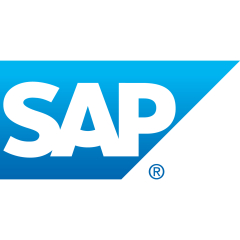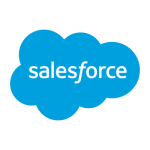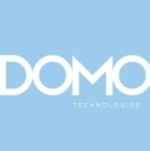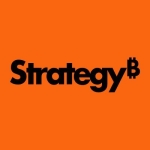The reporting is the most valuable aspect of the solution. The WebIntelligence Solution is the name of the reporting solution and it is very powerful.
The solution offers very good features for broadcasting information or scheduling reports. You can schedule everything and make it very easy to disseminate by sending emails with a PDF or Excel. It's very quick and powerful.
The solution's user security is extremely effective. You can profile very well. All the users and all the functionality is protected and that includes information and data segregation.
The documentation provided is very, very good. There's so much available, that if you ever run into any issues and need a workaround, you have it right there to guide you.
The solution offers good user management.
The self-service area, or dashboard, needs some improvement. While the reporting itself is great, the dashboard and Analytics Cloud are not so user friendly.
SAP's current strategy consists in keeping the reporting part On premise and delegating the Analytics part to the Cloud. You are therefore involved in a hybrid scenario.
The complete environment setup is pretty complex.
To carry out a real project that presents erp / business data on "Cloud Story Telling" you need more specialist actors who manage issues such as: Analytics and Data architecture, Data source identification, System Compatibility, Connectivity and Security.
These aspects are certainly also required on other vendor BI solutions.
On the SAP front, we are certainly trying to improve and complete the On Premise / Cloud integration, with the latest version SAP BO 4.3.
I've been working with the solution for twenty years now. It's been a very long time. I started using it around 1998.
The solution is very stable, and, on the off chance you have a problem, SAP is very quick to help. There are lots of workarounds if you do run into issues.
You can scale this solution if you need to. It's easy enough to do so.
One of the great things about SAP is the information that is available. When you have a problem, SAP is very quick to give you an answer or solution. You can also Google a lot of workarounds. There's so much documentation online that it's really easy to troubleshoot. That's because if anyone has a problem, SAP notes it and finds a solution which they post.
The initial setup is not straightforward. It's pretty complex.
The installation configuring environment is not so easy to work with. Also, the connection of the SAP Analytics Cloud is very complex. It's not very easy to configure the environment.
The time I need to configure and install the solution is about one week for the BusinessIntelligence Platform solution, On premise. Another week is required for the connectivity aspect and settings of the Cloud (Analytics).
We are working with an older version also well as the latest version of the solution.
I would recommend this product to other organizations. It's a stable and powerful enterprise solution. Everything from the broadcasting to the scheduling, to the user management and the reporting, is very powerful. 90% of customers end up asking for a solid and consistent reporting solution. In these cases, I definitely suggest SAP Business Objects Platform.
That said, the dashboard isn't the best with this product. It should be noted that SAP is working on their dashboards offerings in Cloud environment.
Overall, I'd rate the solution nine out of ten.















